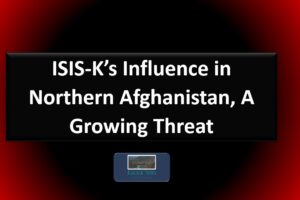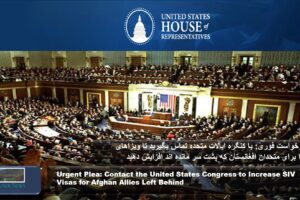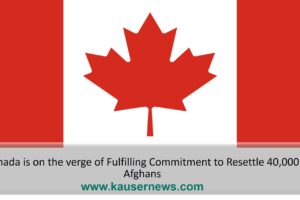As we approach 2025, emerging intelligence suggests that Afghanistan may once again become a focal point for global power struggles. This time, the brewing conflict appears to be a proxy war between the United States and Russia. The scars of past conflicts in Afghanistan are still fresh, but new developments indicate that the nation could once again become a battleground for external powers seeking to advance their strategic interests.
Afghanistan has a long history of being a pawn in the geopolitical games of larger powers. From the British Empire in the 19th century to the Soviet invasion in the late 20th century, and most recently, the U.S.-led intervention following the 9/11 attacks, Afghanistan has frequently found itself at the center of international conflicts.
The withdrawal of U.S. and NATO forces in 2021 marked the end of a two-decade-long presence in the country.
The situation in Afghanistan remains far from stable. The Taliban’s return to power has led to internal turmoil, and the vacuum left by Western forces has created opportunities for other global powers to step in.
Recent intelligence reports and research papers have uncovered a growing interest from both the United States and Russia in Afghanistan as a potential battleground for a new proxy conflict. The strategic location of Afghanistan, bordering China, Iran, and the Central Asian republics, makes it a valuable asset in the broader struggle for influence in Asia.
For the United States, maintaining a foothold in Afghanistan could serve as a check against Russian and Chinese expansion in the region. On the other hand, Russia, wary of U.S. influence near its borders, may see Afghanistan as a crucial front in its efforts to reassert its power on the global stage.
While the prospect of a new conflict is troubling, some analysts believe that Afghanistan could also become a ground for economic investment tied to this proxy war. The nation’s untapped mineral resources, including rare earth elements and lithium, have attracted the attention of global powers. These resources are critical for the production of advanced technologies, making Afghanistan a potentially lucrative but volatile investment for those willing to take the risk.
Furthermore, the rebuilding and reconstruction efforts in a conflict-ridden Afghanistan could present economic opportunities for contractors and companies from both the U.S. and Russia, further entrenching the two powers in a prolonged struggle for control.
The potential for economic gain is overshadowed by the likely human cost of such a proxy war. Afghanistan has already endured decades of violence and instability, leading to a humanitarian crisis that continues to affect millions of people. Another round of conflict could exacerbate these issues, leading to further displacement, poverty, and loss of life.
As we look towards 2025, the signs point to Afghanistan becoming a new theater for a proxy war between the United States and Russia. The implications of such a conflict are profound, not just for the Afghan people but for global stability. While there may be opportunities for economic investment, the cost in human suffering could be immense. The international community must tread carefully to avoid further destabilization in a region that has already seen too much bloodshed.
Whether Afghanistan will once again be caught in the crossfire of global power struggles remains to be seen, but the warning signs are there, and they should not be ignored.





